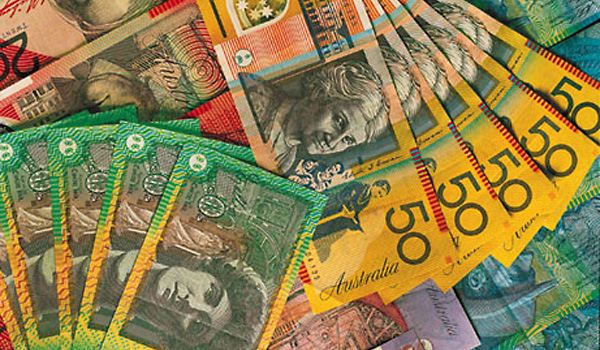Wednesday, 14 October 2015 14:00
 SYDNEY: The Australian and New Zealand dollars nursed losses on Wednesday as concerns about China and global growth sent investors to the safety of government bonds.
SYDNEY: The Australian and New Zealand dollars nursed losses on Wednesday as concerns about China and global growth sent investors to the safety of government bonds.
The Australian dollar dipped to $ 0.7234 from $ 0.7273 early, having skidded 1.6 percent on Tuesday.
Commodity currencies, including Brazil’s real, took a blow overnight following a sharper-than-expected fall in Chinese imports. China is the world’s largest importer of commodities.
“One of the reasons behind the weakness in the Australian dollar remains global growth concerns,” said Elias Haddad, senior strategist at Commonwealth Bank of Australia, seeing the Aussie at 66 cents by the end of the year.
A soft reading in Chinese inflation numbers on Wednesday only added to concerns about deflationary pressures. Support was found at $ 0.7190 and a break would target the 20-day moving average of $ 0.7130. Resistance was found at Monday’s two-month peak of $ 0.7382.
Also undermining the Aussie was a surprise increase in home loan rates by Westpac Banking Corp, the nation’s second largest lender. The move, if followed by other major banks, could reinforce expectations of a rate cut by the Reserve Bank of Australia (RBA).
The RBA holds its next policy meeting on Nov. 3 and is expected to keep rates at a record low of 2.0 percent. Interbank futures give a 27 percent chance of an easing in November, up from 20 percent on Tuesday.
The New Zealand dollar held at $ 0.6670, having dropped 1.1 percent on Tuesday.
It briefly dipped after Reserve Bank of New Zealand Governor Graeme Wheeler reiterated that further easing in the cash rate seemed likely, but steadied as a move did not appear to be imminent.
The RBNZ next reviews rates on Oct. 29, with swap rates giving a one-in-four chance of a cut to 2.5 percent.
The next hurdle is inflation data due on Friday, with a soft number widely anticipated.
“It could spur on further Kiwi selling if the print is below market expectations,” said Stephen Innes, senior trader at OANDA Australia and Asia Pacific.
Support was found at $ 0.6620 and resistance at a three-month peak of $ 0.6740 set on Monday.
New Zealand government bonds had a firm tone on the short end of the curve with yields between 1 and 2 tick lower.
Australian government bond futures rose, with the three-year bond contract up 5 ticks at 98.210. The 10-year contract added 5 ticks to 97.3600, while the 20-year contract , was up 9 ticks to 96.8450.


























